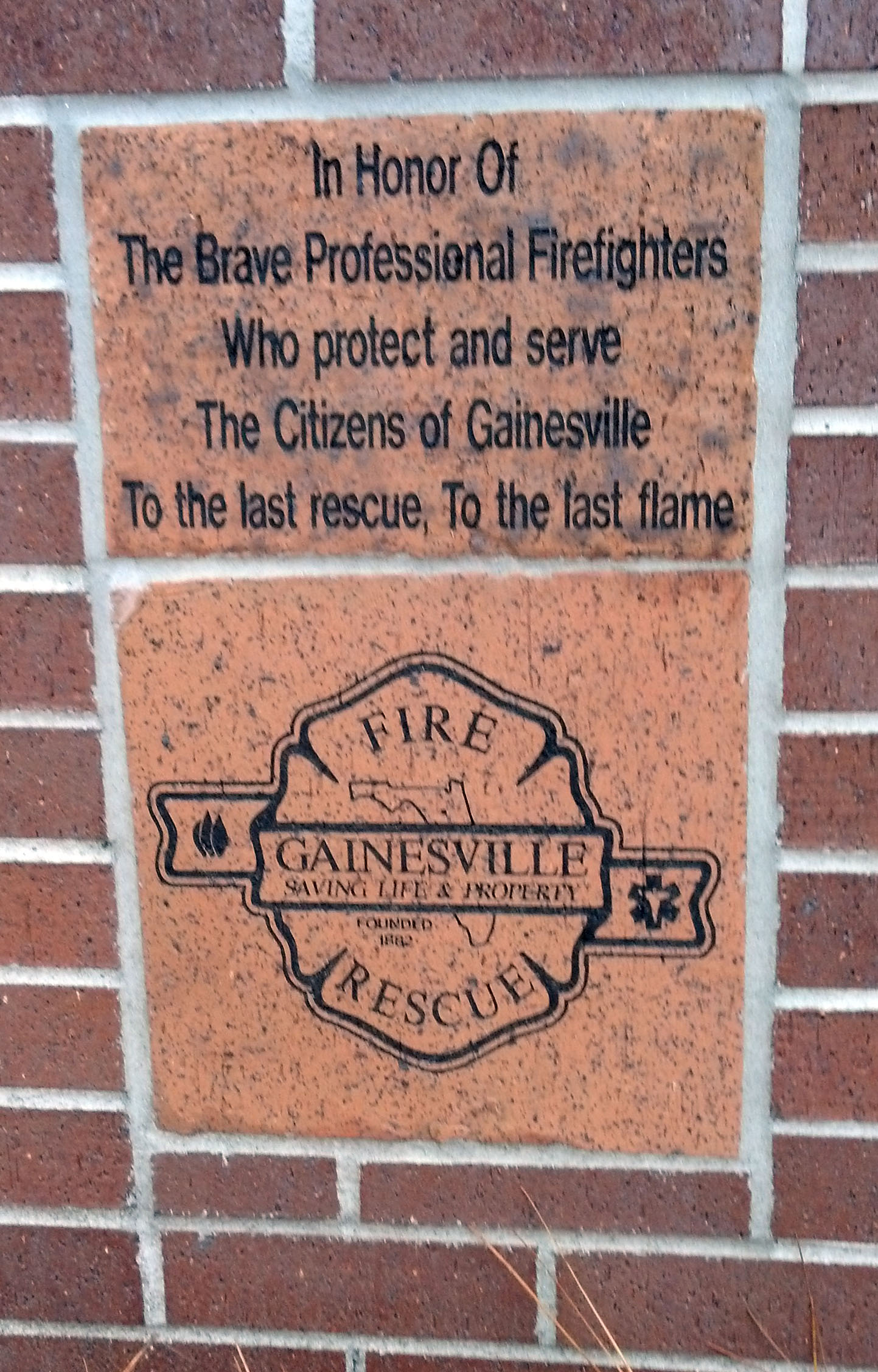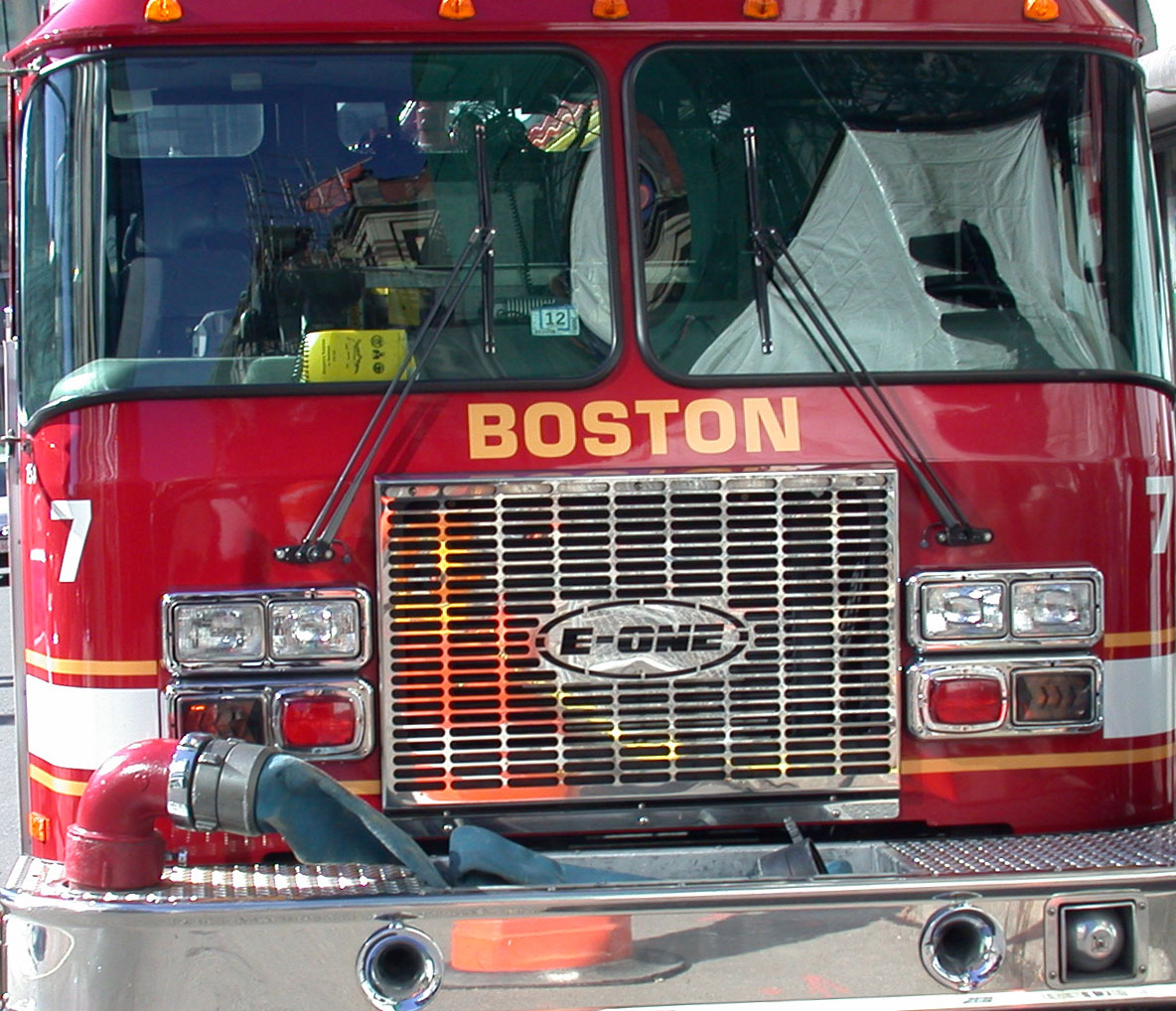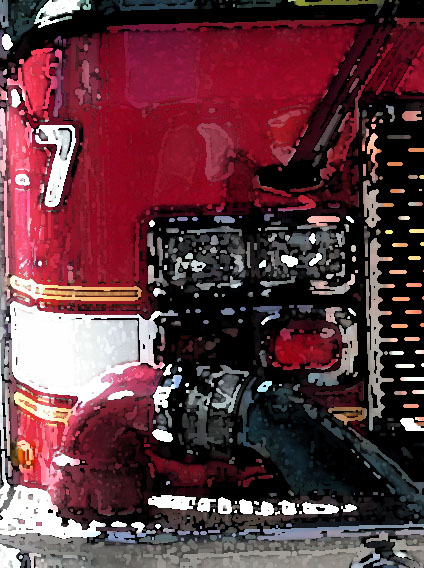Alcohol and Drug Resources and Interventions for First Responders and Firefighters
Part II: Signs and Symptoms of Alcohol and Drug Abuse and After-Effects
Second of 4 parts originally presented to Gainesville Fire and Rescue 11/20/13in a panel presentation. The first part discussed alcohol and prescription drug problems in firefighters and first responders, suicide, and contributors of stress and PTSD. This part of this series describes indicators and behavioral signs of alcohol or drug intoxication, impairment and after-effects. A list of educational materials, resources, websites, and crisis lines for firefighters, law enforcement officers, and other first responders comprises the third part of this series. The final part of the series involves a brief presentation of treatment principals and states of treatment readiness and action.
2121 NW 40th Terr. Suite B, Gainesville, FL 32605
 Supervisors and leaders in First Responder, Law Enforcement and Fire and Rescue Departments may address concerns about behavior in a variety of ways. Co-workers may also be in the position of recognizing signs and symptoms which warrant referral for assessment, treatment, and/or intervention. Diagnosis is made by addiction specialists, psychologists or psychiatrists. Most departments have employee assistance programs which assist with rapid assessment and referral.
Supervisors and leaders in First Responder, Law Enforcement and Fire and Rescue Departments may address concerns about behavior in a variety of ways. Co-workers may also be in the position of recognizing signs and symptoms which warrant referral for assessment, treatment, and/or intervention. Diagnosis is made by addiction specialists, psychologists or psychiatrists. Most departments have employee assistance programs which assist with rapid assessment and referral.
Serious consequences of failing to take action when a department employee is impaired go far beyond legal liability for negligence. An impaired first responder may make critical errors in an emergency resulting in tragic vehicle accidents or resulting in serious injury or death to fellow first responders or the public. Serious accidents can also occur within the firehouse or place of employment. If intoxication or impairment can be reasonably assumed to be present while on-duty, supervisors and possibly even co-workers could become liable for negligence for failing to remove the individual from duty. In many cases, this may require a for-cause alcohol and/or drug screen, which can have serious implications, including automatic termination, under zero-tolerance department policies. This usually requires observable behaviors that would cause a reasonable person to suspect the individual may be impaired or under the influence of substances.
Ideally, possibly affected firefighters, police officers, or other first responders would be referred well before problems result in on-duty impairment and the possible end of a career of service. Depending on department policies, mandatory supervisor referrals, voluntary supervisor referrals or informal interventions to encourage screening or treatment by professionals, usually through the department Employee Assistance Programs (EAP) are tools which can provide for timely intervention. This allows for screening and assessment for return duty. If needed, treatment may occur before impairment develops. If a more serious problem exists, treatment may occur before the firefighter or first responder returns to duty.
At times there are indications of impairment but no clear signs of alcohol or drug abuse. When concerns about firefighters, first responders or law enforcement officers raise concern about the ability to safely perform duties or safely protect the public, a Formal Fitness for Duty Evaluation may be indicated. This is usually regulated by department policy.
Various indicators of alcohol and/or drug problems are provided in this article. Resources for help and assistance make up part III of this series.
Possible Alcohol and Substance Abuse Indicators
· Has smell of alcohol on breath or marijuana on clothing
· Has burned fingers, burns on lips, or needle track marks on arms
· Slurs speech or stutters, is incoherent
· Has difficulty maintaining eye contact
· Has dilated (enlarged) or constricted (pinpoint) pupils
· Has tremors (shaking or twitching of hands and eyelids)
· Is hyperactive and overly energetic
· Appears lethargic or falls asleep easily
· Exhibits impaired coordination or unsteady gait (e.g., staggering, off balance)
· Speaks very rapidly or very slowly
· Experiences wide mood swings (highs and lows)
· Appears fearful or anxious;
· experiences panic attacks
· Appears impatient, agitated, or irritable
· Is increasingly angry or defiant
Source: U.S. DEPARTMENT OF HEALTH AND HUMAN SERVICES Tips for First Responders
Possible Personal Attitude/ Behavior Indicators of Alcohol and Substance Abuse
· Talks about getting high, uses vocabulary typical among drug users
· Behaves in an impulsive or inappropriate manner
· Denies, lies, or covers up
· Takes unnecessary risks or acts in a reckless manner
· Breaks or bends rules, cheats
· Misses interviews, appointments, or meetings or arrives intoxicated
· Fails to comply with program requirements without easily verifiable reasons (may be verbally uncooperative to disguise the problem or divert attention)
Source: U.S. DEPARTMENT OF HEALTH AND HUMAN SERVICES Tips for First Responders
Possible Cognitive/Mental Indicators of Alcohol and Substance Abuse
· Has difficulty concentrating, focusing, or attending to a task
· Appears distracted or disoriented
· Makes inappropriate or unreasonable choices
· Has difficulty making decisions
· Experiences short-term memory loss
· Experiences blackout
· Needs directions repeated frequently
· Has difficulty recalling known details
· Needs repeated assistance completing ordinary paperwork (e.g., application forms)
Source: U.S. DEPARTMENT OF HEALTH AND HUMAN SERVICES Tips for First Responders
 While the most frequent drug of abuse by first responders is alcohol, prescription drug abuse is a major problem in the fire service as well. The daily job activities of a firefighter cause injury and illness which may result in prescription of potentially addictive mediations. Furthermore, the duties of a first responder may allow for access to medication in the course of their duties or on-scene responses.
While the most frequent drug of abuse by first responders is alcohol, prescription drug abuse is a major problem in the fire service as well. The daily job activities of a firefighter cause injury and illness which may result in prescription of potentially addictive mediations. Furthermore, the duties of a first responder may allow for access to medication in the course of their duties or on-scene responses.
Here are some of the signs of prescription drug abuse:
· Continued use of the drug, even after the pain it was prescribed for has ceased
· Complaining about vague symptoms to get more medication
· Mood and behavior changes, such as becoming hostile, volatile, agitated or anxious
· Secretive or deceitful behavior in order to obtain the drug, such as having multiple prescription pills prescribed to others
· Physical withdrawal symptoms when doses are missed
· Flu-like symptoms such as joint and muscle aches, night sweats and insomnia
· Using more than recommended amount of medication
· Developing a high tolerance so that more pills are needed for the same desired effect
· Withdrawal from friends, family and society, especially if people close to you say
you have a problem.
Financial problems associated with having to purchase more and more pills
· Past history of drug addiction

